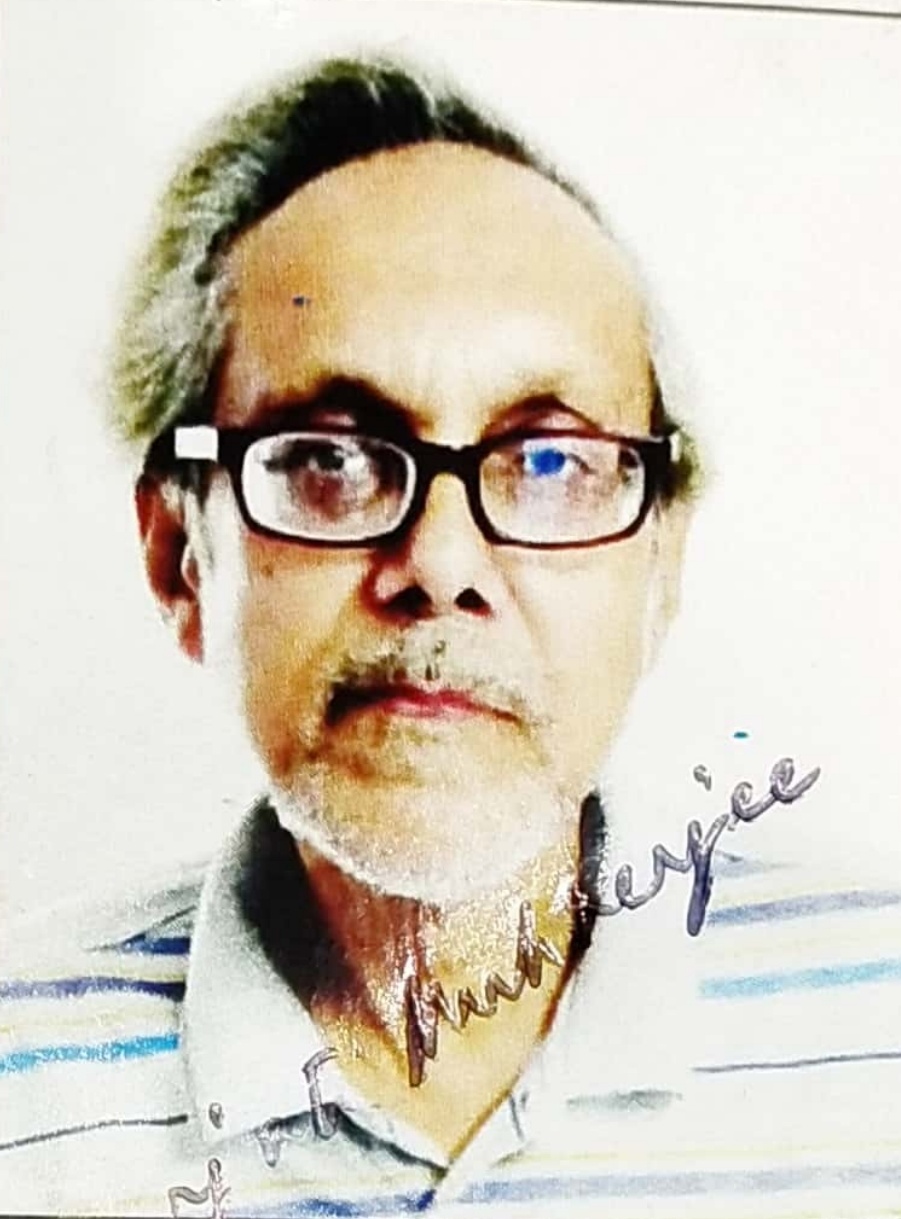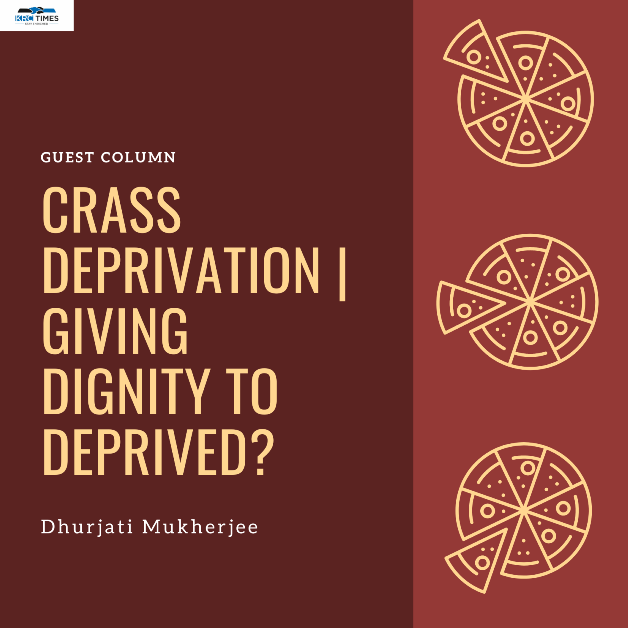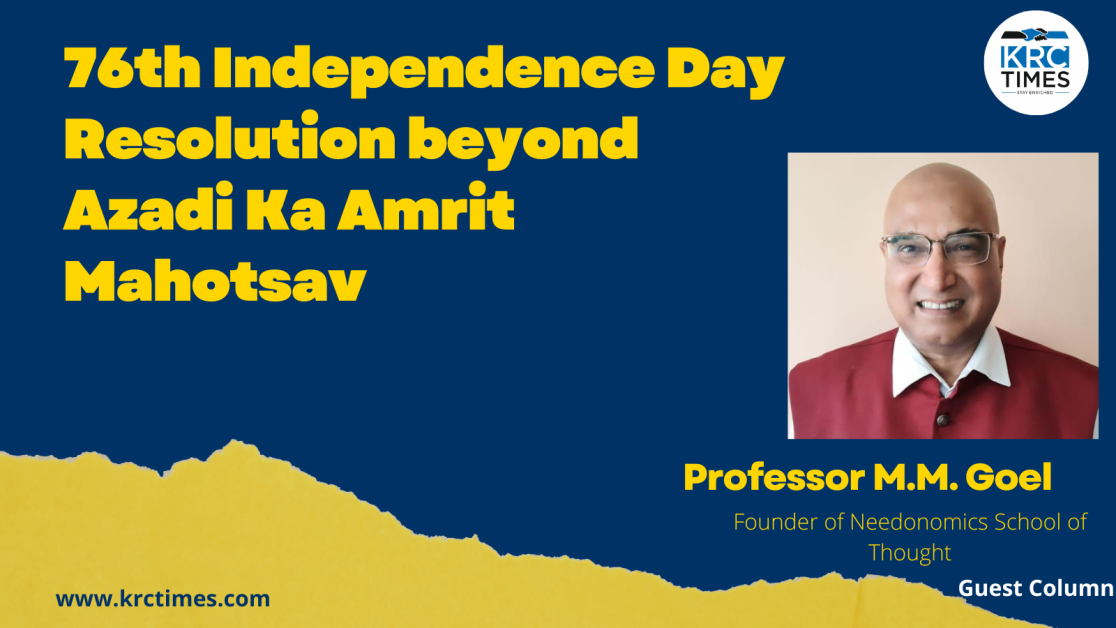Reservation has not solved the problem as those lower castes who have received employment forget about their suffering brethren
 Dhurjati Mukherjee I INFA Service
Dhurjati Mukherjee I INFA Service

Deprivation, which is the consequence of socio-economic disparity in our system, primarily due to the caste system and other attendant factors, is still a crucial problem despite 75 years of independence has passed and the matter still not receiving the attention it deserves. The compartmentalisation of the traditional Hindu society into various caste groups is a social institution dictating superior and lesser beings among its members. This system that places the untouchables at the bottom of the caste pyramid is one of the obvious institutions of caste-inequality, a system of legalised inequality, wherein the allocation of roles and status is governed by its own principles, determining the social, economic, political and ritualistic structure of individuals in relation to each other.

The caste system in India has had its impact on all aspects of life; in the past, present, and future, based on purity and pollution basis. Unfortunately, birth determines the individual’s social status throughout his life and also his access to various resources. The deprived masses described as scheduled castes and scheduled tribes in the constitution are in fact low castes and tribes in the Hindu social order, treated as ‘caste-less’, outcastes, or untouchables, and have been subjected to deprivation and discrimination for centuries.
The last seven decades of independence witnessed massive social mobility and transformation as well as the emergence of ’the educated’ among the deprived castes, generally looked down upon with contempt by the larger society for their mobility on the crutches of reservations. Although untouchability is outlawed and the caste system is not overtly practiced, at least in the bigger cities, there are other ways of isolating and segregating them similar to the abolition of slavery in the USA, where injustice to African Americans continued until the passing of the Civil Rights Act.

But in our country, the emergence of the ’educated among the deprived’ and their journey from traditional defiling occupations to white-collared office jobs was negligible and even exposed them to various psychological and physical vulnerabilities causing mental health strains. This has continued even today.
It is indeed distressing to note that deprivation has not been addressed judiciously by the political leaders of the country. One may refer here to a recent report ‘Status of Adivasi Livelihoods Report, 2021’ (SAL), brought out by the Professional Assistance Development Action which showed the startling deprivation of Adivasis in terms of income, food security, and child nutrition as well as in access to public services, education, and landholding. This comes at a time when leaders are talking big about the achievements of the country in the last 75 years and on the other hand the ruling NDA-led by the BJP saying precious little has been done to improve their lot.
The SAL further found that 55 percent of Adivasi households in Jharkhand and a similar percentage in Odisha are food insecure to varying degrees. The insignificant landholding is another crucial contributor to the poor livelihood outcomes of Adivasis. Also, around 89 percent in Jharkhand and around 70-75 percent in Odisha were found to be marginal farmers or landless labourers. That India has a woman tribal leader as the President of the nation, it would be worth keeping a watch on whether at the end of five years the Adivasis’ lives improve.
Though Adivasis constitute 8.6 percent of the total population of the country, they makeup 50 percent of the people who have been displaced or dispossessed from their land for the extraction of minerals, construction of large dams or establishing wildlife sanctuaries, or even for widening roads and highways after independence. The condition of scheduled castes who live in rural and backward regions of the country may be slightly better but not worth mentioning.
The idea of development has been lopsided and efforts to lift the lower castes into the mainstream of life and activity have not fructified. The main reason for this is the fact the upper castes, who have been in positions of authority, had very little idea of the poverty and squalor of the lower castes. Moreover, they were ignorant of the social position of these castes in the backward regions of the country and the exploitation, even torture, they have been subjected to for years together.

What appears strange is the failure of successive governments to tackle this deprivation though many big projects have been taken up — all geared to make life easy for the rich and middle income sections of society. For decades since independence, there was no national plan of rehabilitation and this section found no solace though they were divested of their small plot of land for so-called development projects or washed away due to floods and cyclones or other such disasters. A few years back, a research study found that land taken from tribals to build Jamshedpur was thrown out and most died not being given proper rehabilitation.
Over the years all talks of ‘social change’ and/or ‘structural reform’ were echoed by political leaders and social analysts but these had little effect on transforming the lives of tribals. Obviously, those who visualised these aspects/phrases were ignorant of the condition of tribals and other lower castes and what measures were needed to improve their incomes. Even now, there is no structured plan to reach out to the deprived.
The communitarian approach to living has not become a reality. Not just education per se but lack of social education deprived us to view human beings not on the basis of caste, class, or religion but as responsible members of society. The egoistic approach of our leaders percolated to the ground level and social discrimination continued.
The obvious question that arises is what needs to be done at this juncture.? Reservation has not solved the problem as those lower castes who have received employment forget about their suffering brethren. In fact, they refused to keep in contact with their larger family as also of the original village or town. Thus, the strategy has to be different. One is inclined to refer here to a recent observation in Bangalore of the noted author, Arundhati Roy, who stated: “What is it that has brought us to a situation where people who are oppressed, people who have no employment, people who are sufferings deeply are voting for further hellishness upon themselves?” Further, she asked: “What has brought people to believe propaganda more than the reality of their experiences every day in their own homes and in their kitchen? Why is it that people who have been oppressed by the caste system for centuries vote for those very people who uphold that system?” These answers need to be investigated before we can assure a life of dignity for the deprived and oppressed. —INFA
Advertisement





